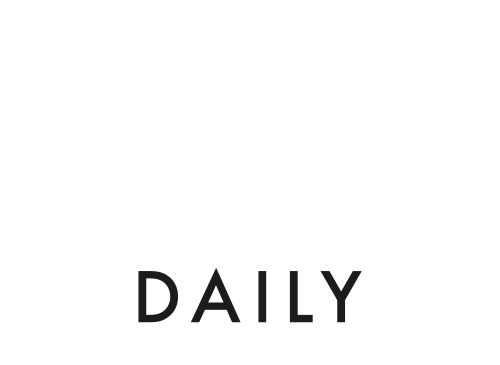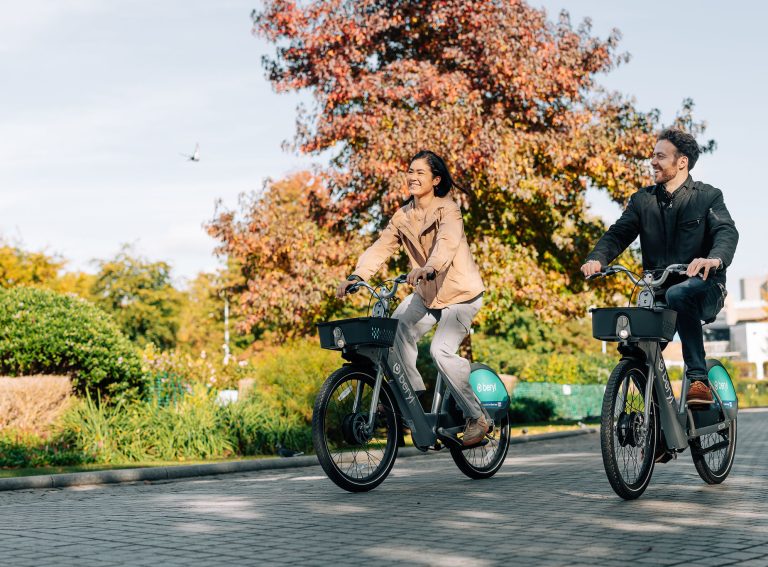Author: Maria Diviney, COO at Luna Systems
Road safety presents a troubling paradox: while automotive safety is at least heading in the right direction, powered two-wheelers (motorcycles, scooters, mopeds) and bicycles remain stuck in a dangerous time warp.
The World Health Organization reports that while car-related deaths have dropped 19% since 2010, powered two-wheeler deaths have surged by an alarming 30% globally. Nowhere is this felt more than in India, which lost 77,000 lives last year – nine people every hour. If left unresolved and at its current growth rate, by 2030 we could expect this number to approach 100,000, costing India about 5% of its GDP.
Today, if you get into a modern car, it’s likely equipped with an arsenal of ADAS accident prevention technology – Headway Monitoring to Forward Collision Warning and Blind Spot Detection and more. Until recently, the same could not have been said about powered two-wheelers and while ARAS is not a new concept, the difficulty has been scaling this technology beyond leading premium brands to make a bigger impact on safety. The core challenge in this has been cost. When it comes to powered two-wheelers, many solutions come from suppliers with a legacy of high cost, high compute four-wheel ADAS development. The difficulty has been moving towards more cost-effective, lower compute footprints to get the scale of this technology to where it needs to be for a two-wheeler, which is a fraction the buying price of a car. Our core focus here is on supporting OEMs and Tier Ones with safety solutions that meet the pricing expectations of markets of volume, not just in India, but globally.
Luna’s 2024
2024 was a transformative year for our team, kicking off at CES in January, where we jointly launched our powered two-wheeler ARAS solutions with our partner Qualcomm. Following CES, we travelled the length and breadth of India meeting with and learning from OEMs and Tier One suppliers who are essentially at the coalface of the powered two-wheeler safety crisis. We also began a partnership with the University of Pune which has proven instrumental in developing localised Indian models. We also established a collaboration with JMO Ltd. which has resulted in the creation of Smart Cluster solutions to house our ARAS systems. We rounded off the year with a successful joint showcase with JMO at EICMA in Milan highlighting how this partnership enables OEMs to offer not just ARAS, but comprehensive cluster solutions which incorporate infotainment features including CarPlay, Android Automotive, and Google Maps.
The development of AI that is capable of mastering traffic environments as complex as Indian roads presents unique challenges. Our systems must understand hugely congested traffic, diverse road conditions, varied lane markings, and an array of vehicle types not seen on Western roads. Through our partnership with the University of Pune and an extensive network of data collectors, we’ve built AI models that truly understand the nature of this local context, training them across diverse weather and lighting conditions to provide timely, impactful in-ride warnings. A big focus for this has been on building ARAS use cases that directly address the nature of collisions in India, leveraging national accident statistics.
Beyond in-ride safety features, we’ve also brought our post-ride AI safety coach to the market – an app-based solution which detects high-risk behaviours such as tailgating and blind spot lingering. An important focus for our ARAS solutions is not in-ride warnings, but also helping riders to become more aware of the kind of behaviours that lead to these situations in the first place. This app-based safety analytics feature is being built into the existing digital ecosystems of OEMs, enabling them to communicate with their riders on safety with an authentic voice that they will appreciate and listen to.
It’s been great to see the level of appetite for ARAS and having secured partnerships with some of the biggest names in the market, we’re looking forward to what 2025 brings.
Cycling safety
Earlier this year, we became members of Cycling Industries Europe (CIE) and have been greatly inspired by their work to mobilise the industry towards impactful change on cycling adoption and safety across the continent. Cycling safety is a global concern. However surprisingly even cycling-progressive nations are now seeing increases. In The Netherlands, serious cycling accidents have actually risen by 27% over the past decade according to the knowledge centre, Veiligheid NL. This surge has prompted Dutch authorities to advocate for helmet use – a significant shift in Dutch cycling culture. However, while helmets play a crucial role in injury reduction, they don’t prevent accidents from occurring in the first place. We’ve made significant progress this year in expanding our cycling safety portfolio in partnership with the global cycling industry. Our philosophy on cycling safety technology development spans three main horizons:
- Personal safety, such as close-pass warnings, as well as mapping of these events to help cyclists identify safer routes.
- Community safety – sharing this data with other app users
- Infrastructure improvement through data-driven urban planning:
- With enough scale, providing this data to cities to support lasting impact on cycling safety in a systematic way.
In 2025, we look forward to strengthening partnerships in the industry and to launching solutions that make a meaningful impact.
As we look to next year we remain inspired by the strong collective global ambition to revolutionise sustainable mobility safety – whether we talk about a motorbike in Mumbai, an e-bike in San Francisco, or a shared scooter in Brussels.











